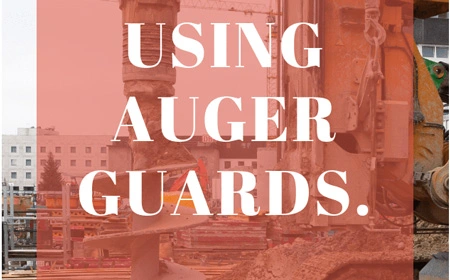
Auger accidents are common and often severe. Just yesterday, a woman from Salina lost her arm to an auger, and if safety measures, such as auger guards, do not change, she won’t be the last.
Hazards
First, the most dangerous thing about augers is that they don’t seem dangerous. They aren’t fast moving or particularly large. However, according to OSHA, one of the greatest hazards about the auger is its rotating factor that sucks in fabrics and light materials. The Salina woman’s jacket was drawn in and before the operator could respond the damage was done. It works like a slowly circling tornado, picking things up from the bottom and sending it quickly to the top.
Another hazard associated with the auger is its versatility. It is frequently modified to fit a number of jobs and situations, such as varying grain bin door holes. That isn’t initially hazardous but is often related to auger accidents because guards must be removed to make the changes and are never returned.
Sometimes the auger guard is removed for maintenance or to prevent build up of materials and simply not replaced. The hazard is the appearance of safety.
Auger Guards
However, machine guards guard from potential mistakes, like a safety on a gun or a grate around a fireplace. The potential for damage is always there, but it is confined and managed for not only the person running it, but for others working around it.
Also, an auger guard acts like an encircling bird cage, simple but effective. It allows the auger to do its job while preventing items and other foreign objects from slipping inside. Its main safety feature is its prevention.
Auger Guard Tips
- Select the right size mesh to cover the inlet of the auger. This includes large enough holes to let dirt and grain to move through, but small enough to not allow fabrics and other snags not to catch. Also, finding the appropriate strength to accommodate items’ weight should be thoroughly implemented.
- Avoid wearing or using loose fabrics around the running auger.
- Never remove the auger guard unless it is docked and shut off.
- Always replace the auger guard even when it is not running.
- The guard should cover at least the facing 180 degrees of the inlet, but up to 360 degrees is recommended for most situations.
- If the machine has more than one guard, use it! You can never be too cautious with equipment.
Auger guards are just one of many types of machines that require protective barriers. To discover more options, check out our Machine Guarding page.
And remember, good luck, and stay safe!
